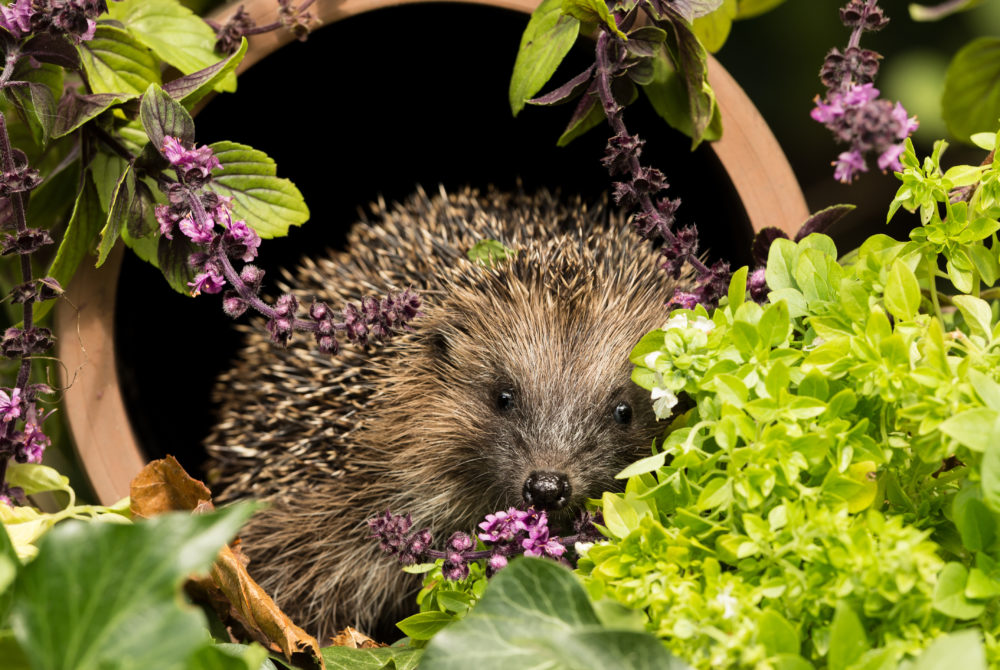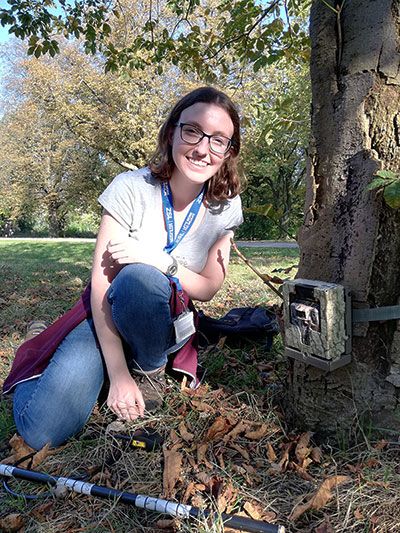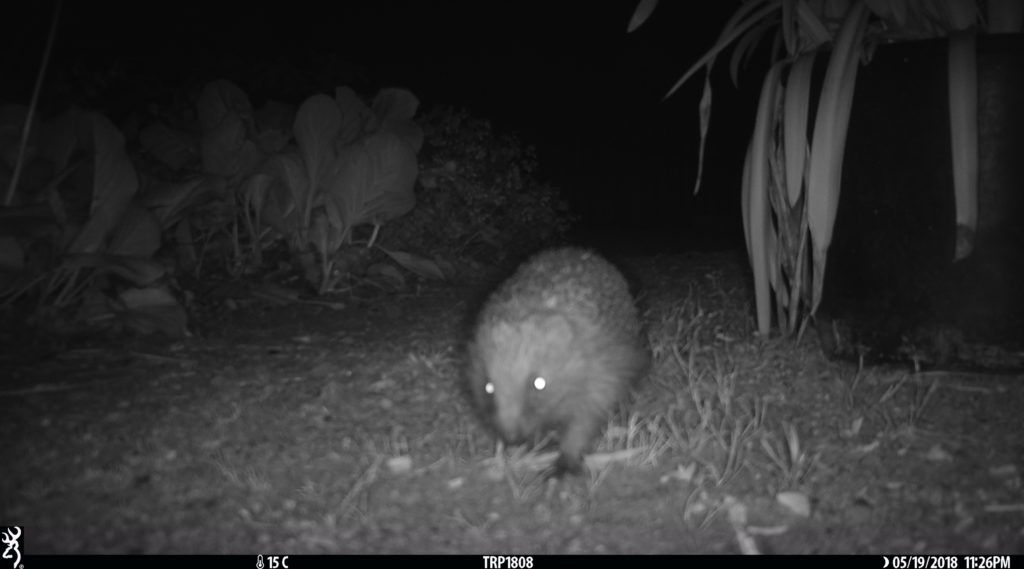Giving London’s hedgehogs a helping hand

We are supporting intern Rachel to identify and protect hedgehog hotspots in our capital, before it's too late
London’s struggling hedgehogs
Hedgehogs are seriously struggling across the UK. We know that they’re not doing well in rural areas. In urban and suburban parts of the country, there’s a mixed story. The outlook for London’s hedgehogs is poor, as distribution is patchy distribution across small green spaces and numbers are low. Further studies are urgently needed to save our remaining hedgehogs.
So for the last couple of years we’ve supported Rachel Cates, working together with Zoological Society of London’s Institute of Zoology, in their quest to learn more about how hedgehogs are faring in London. Her initial focus was to find the remaining hedgehog strongholds in southwest London, starting in Barnes. The first part of this study suggested that this area may be important for hedgehogs. Both foxes and badgers were also seen on camera, so it also gave us the opportunity to study how the three species interact.

Rachel sets up a camera trap 
An urban hedgehog caught on camera
City wide HogWatch
Then with further funds, Rachel and her volunteers expanded their search for hedgehogs across the capital during 2019. Using hundreds of camera traps they conducted surveys across London’s parks and greenspaces, from Haringey to Camden and from Southwark to Barnes.
Rachel has now found hotspots of native hedgehog populations in the north and west of London, compared to the south east of the city. The largest population found so far is in Hampstead Heath in north London. In the west of London – in the WWT Wetland Centre, Barnes Common, Putney Lower Common, Roehampton Golf Course, the Bank of England Sports Centre and on Palewell Common, 62 sightings were recorded within this area. Hedgehogs were also seen across Barnes and on Putney Lower Common, but their distributions were fragmented.
However, in the south east across the city only a single hedgehog was detected out of 65 camera locations in Dulwich Park, Peckham Rye and Common, and Russia Dock Woodland. These areas should support hedgehogs, but the team are uncertain why they weren’t recorded.
Protecting urban hogs for the future
The next step is to understand why hedgehogs are doing well in some areas, but less so in others, which is why this internship project is so important. By helping us understand where hedgehogs are living and in what habitats, gives us the best chance of successfully helping them to not only survive, but thrive.
This project is possible thanks to our generous donors. Can you help us continue?
